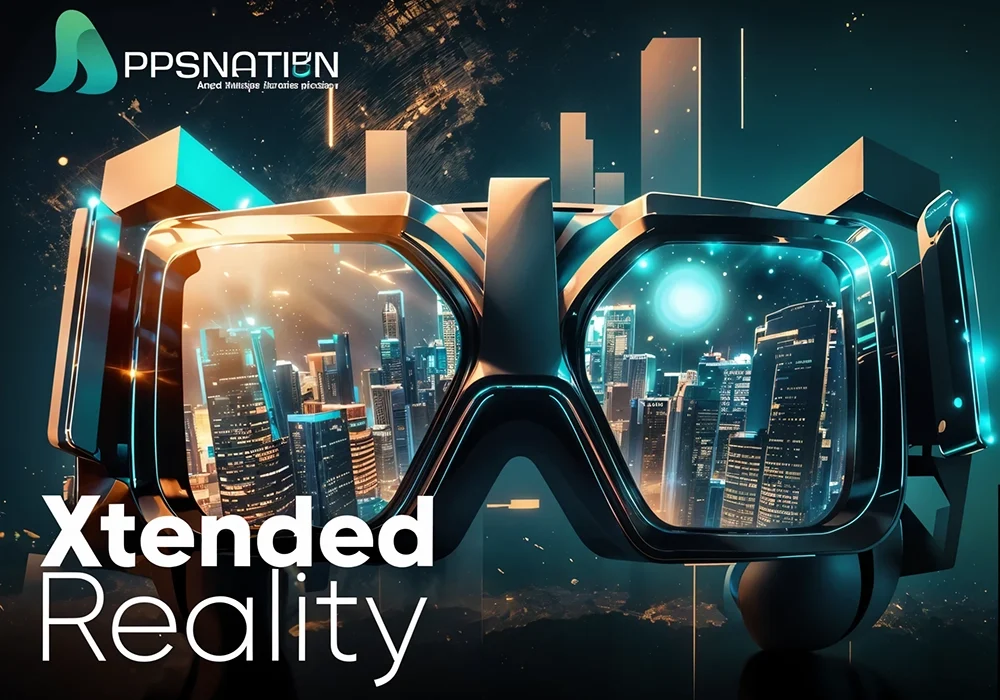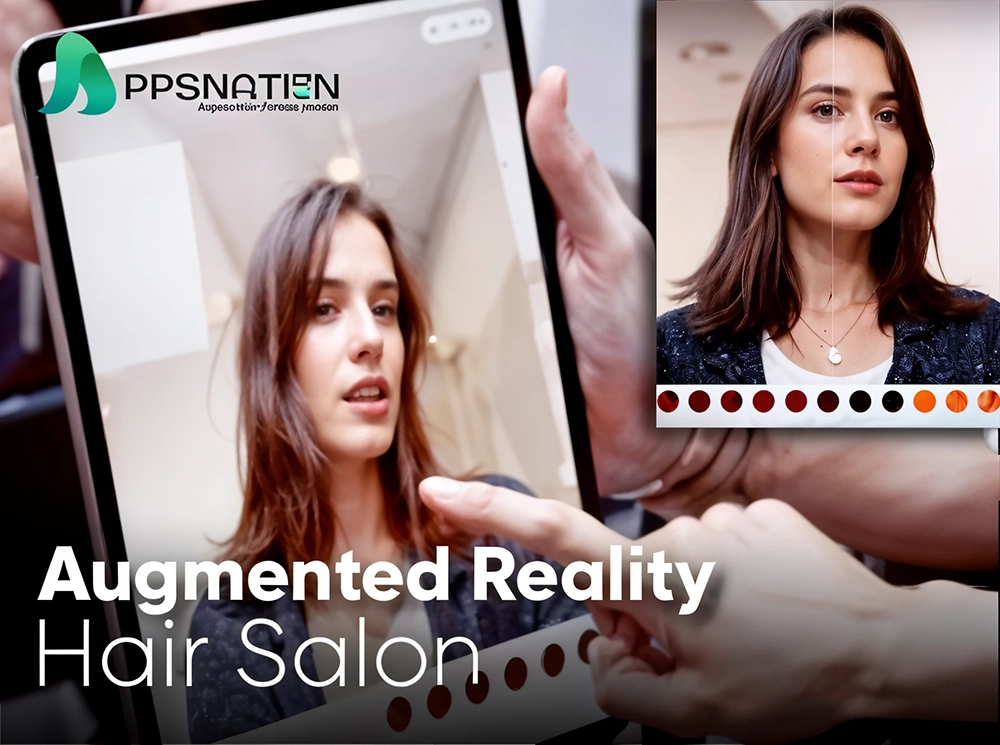XR, which stands for Extended Reality, is an umbrella term that encompasses Virtual Reality (VR), Augmented Reality (AR), and Mixed Reality (MR).
XR developers are responsible for designing, developing, and implementing immersive experiences using these technologies.
In this article, we will explore the role of XR developers in depth, including their skills, tools, challenges, and the future of XR development.
Introduction
XR technologies have gained immense popularity in recent years, transforming various industries such as gaming, entertainment, education, healthcare, and more.
XR experiences provide users with a unique and immersive environment that combines the real world with virtual elements, creating an interactive and engaging user experience.
XR developers play a crucial role in creating these experiences by leveraging their technical skills and creativity.
Table of Content
| 1 | Definition of XR |
| 2 | Importance of XR in Modern Technology |
| 3 | Role of XR Developers |
| 4 | XR Development Process |
| 5 | Skills Required for XR Development |
| 6 | Challenges Faced by XR Developers |
| 7 | Conclusion |
| 8 | FAQs |
Definition of XR
Extended Reality (XR) refers to the fusion of physical and virtual reality, creating a spectrum that ranges from fully virtual (VR) to fully real (AR), with mixed reality (MR) falling in between.
VR immerses users in a computer-generated virtual environment, whereas AR overlays virtual elements onto the real world, and MR blends virtual and real elements seamlessly. XR developers work with these technologies to create interactive and immersive experiences.
Importance of XR in Modern Technology
XR has emerged as a disruptive technology with immense potential in various industries. In the gaming industry, XR has revolutionized the way games are played, providing gamers with a more immersive and realistic experience.
In the education sector, XR has transformed traditional learning methods by enabling students to learn through virtual simulations and interactive experiences.
In healthcare, XR has been used for surgical training, rehabilitation, and therapy. XR also has applications in architecture, engineering, military, and many other fields.
XR developers play a critical role in harnessing the potential of this technology and creating innovative applications.
Role of XR Developers
Sure! Here are the key roles of XR developers in bullet points:
- Designing and developing immersive XR experiences using VR, AR, and MR technologies.
- Collaborating with designers, artists, and stakeholders to define project goals and requirements.
- Creating wireframes, mockups, and prototypes to visualize XR experiences.
- Writing code and integrating components to build XR applications.
- Conducting extensive testing to identify and fix bugs and issues.
- Optimizing performance and ensuring smooth user interface design and interaction mechanics.
- Staying updated with the latest tools, technologies, and trends in XR development.
- Troubleshooting and resolving technical challenges in XR development.
- Ensuring compatibility and functionality across different platforms and devices.
- Providing technical support and maintenance for XR applications post-deployment.
- Continuously innovating and pushing the boundaries of XR technology to create unique and engaging experiences for users.
XR Development Process
Certainly! Here are the key steps involved in the XR development process in bullet points:
- Defining project goals and requirements in collaboration with stakeholders.
- Conducting thorough research to understand the target audience, market trends, and technological possibilities.
- Creating a detailed design plan, including wireframes, mockups, and prototypes, to visualize the XR experience.
- Selecting the appropriate XR technology, such as VR, AR, or MR, based on project requirements.
- Writing code and integrating components to develop the XR application, considering the specific platform and device requirements.
- Testing the XR application thoroughly to identify and fix any bugs or issues.
- Optimizing performance and ensuring smooth user interface design and interaction mechanics for a seamless XR experience.
- Conducting user testing and gathering feedback to make necessary refinements.
- Deploying the XR application to the target platform or device for end-users to access.
- Providing ongoing technical support and maintenance for the XR application, including updates and bug fixes.
- Continuously iterating and improving the XR application based on user feedback and market trends.
- Collaborating with designers, artists, and stakeholders throughout the development process to ensure the final XR experience aligns with project goals.
- Staying updated with the latest tools, technologies, and best practices in XR development to enhance the quality and effectiveness of XR experiences.
Skills Required for XR Development
Certainly! Here are the key skills required for XR development:
- Programming languages: C#, C++, Java, Python
- Unity3D or Unreal Engine
- 3D modeling and animation
- User experience (UX) and user interface (UI) design
- Spatial computing
- Computer vision
- Mobile app development (for AR)
- Game development principles
- UI/UX design for XR
- Cross-platform development
- Debugging and problem-solving
- Knowledge of XR hardware and software
- Testing and quality assurance
- Collaboration and teamwork
- Continuous learning and adaptability
Challenges Faced by XR Developers
XR developers face various challenges, including hardware limitations, a fragmented ecosystem, rapidly evolving technology, user experience challenges, lack of standardization, testing and debugging complexities, limited content creation tools, security and privacy concerns, cost and resource management, accessibility considerations, intellectual property concerns, market and adoption challenges, cross-platform compatibility, regulatory and legal considerations, and human factors.
These challenges require XR developers to stay updated with the latest advancements, adapt their development processes, consider user experience and accessibility, ensure cross-platform compatibility, and adhere to regulatory requirements while creating immersive and innovative XR applications.
Conclusion:
In conclusion, XR developers play a crucial role in creating immersive and innovative applications that utilize Extended Reality technologies such as AR, VR, and MR. XR development involves a complex process that requires a wide range of skills, including programming, 3D modeling, UX design, and audio engineering, among others.
Despite the challenges faced by XR developers, such as hardware limitations, a fragmented ecosystem, and rapidly evolving technology, they continue to push the boundaries of what is possible in immersive computing.
FAQs:
What is XR development?
XR development involves creating applications that utilize Extended Reality technologies such as AR, VR, and MR.
What skills are required for XR development?
XR developers require a wide range of skills, including programming, 3D modeling, UX design, audio engineering, and more.
What challenges do XR developers face?
XR developers face various challenges, including hardware limitations, a fragmented ecosystem, rapidly evolving technology, user experience challenges, lack of standardization, testing and debugging complexities, limited content creation tools, security and privacy concerns, cost and resource management, accessibility considerations, intellectual property concerns, market and adoption challenges, cross-platform compatibility, regulatory and legal considerations, and human factors.
How do XR developers overcome these challenges?
XR developers must stay updated with the latest advancements, adapt their development processes, consider user experience and accessibility, ensure cross-platform compatibility, adhere to regulatory requirements, and more, to create immersive and innovative XR applications.




